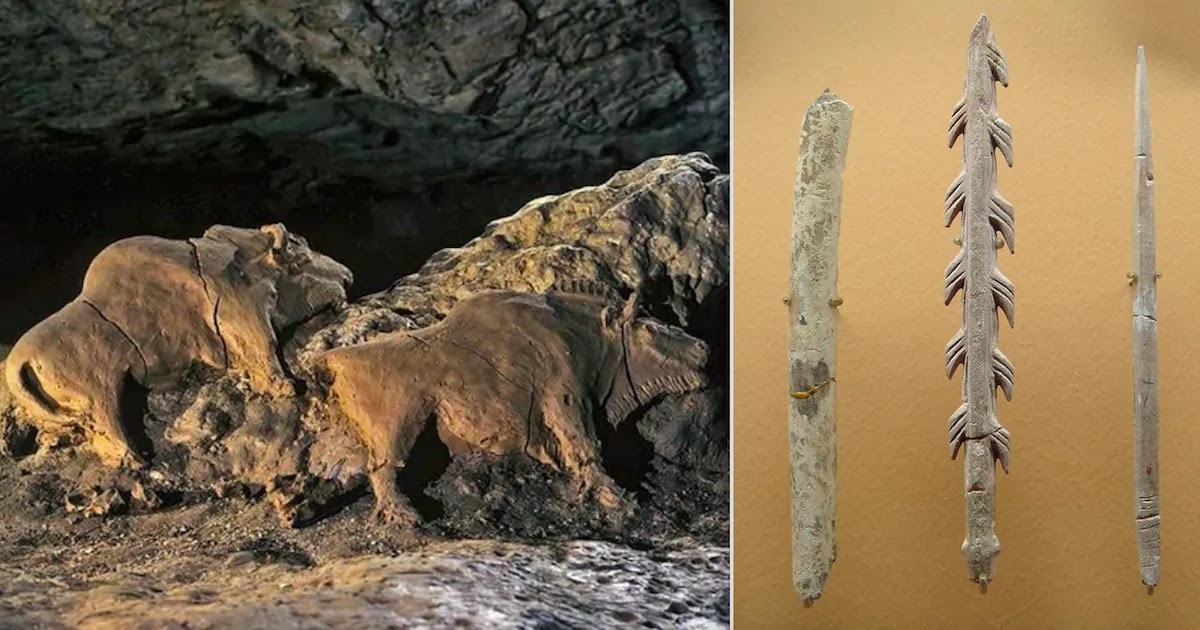
When we think about prehistoric art, we almost instantly think of cave-paintings created by prehistoric people who painted images of people, animals and deities using rudimentary techniques. We do not however often think of other forms of art undertaken by prehistoric people, such as sculptures. This, to a large extent, is because far more prehistoric cave-paintings have been found as opposed to prehistoric sculptures. In fact, it is actually the case that prehistoric people put art on all sorts of surfaces, not only in caves, but that those pieces of art placed in caves were protected from the weather and elements over millennia.
A few prehistoric sculptures do however still exist. One of these amazing sculptures lies in a cave known as the Cave of the Trois-Frères in the southwest of France adjacent to the River Volp. This small sculpture made of clay shows two bison and dates back 15,000 years to a period in Europe known as the Magdalenian period. Contrary to what you might imagine, the sculpture is detailed and shows a strong element of skill. In fact, it is in many ways more lifelike than many of the cave paintings we often see of bison. Not only was the bison sculpture made by hand, but there are clear indications that other tools were used to carve the objects.
The Cave of the Trois-Frères also contains cave-paintings of the Magdalenian peoples. These prehistoric people are known to have hunted reindeer, bison and other big game animals and are believed to have made their way into Europe at the end of the last Ice Age. In other caves known to be used as shelter by the Magdalenians, more items have been found, such as ivory engraved with images of animals, and tools used for hunting and cooking. It would most certainly be wrong to imagine them either as primitive or unsophisticated.
Perhaps most interestingly, within the cave network in which the sculpture of the bison was found, the images on the walls do not only correlate directly to animals. A very large number of images relate to bizarre humanoid type figures including, human-animal hybrids. This includes one image known as 'the sorcerer', which shows a man standing upright with horns upon his head. Such images clearly show that the prehistoric people who inhabited the caves must have had some form of religion or supernatural beliefs in the world around them, indicating a complex culture and society.
The caves in which the bison are found are now under strict restrictions, meaning that the caves and their treasures will be kept safe from the elements and humans alike.
A post shared by History Daily (@historydailypix)
h/t: My Modern Met














COMMENTS